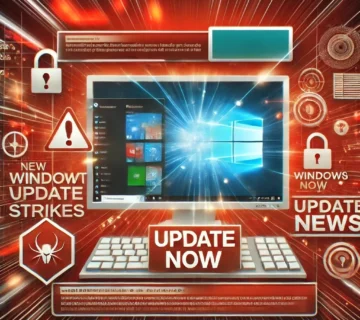
Safeguarding the Digital Realm: Your Guide to Cybersecurity Excellence
Welcome to our Cybersecurity blog, a comprehensive resource designed to equip you with insights, best practices, and strategies to fortify your defenses in the ever-evolving landscape of cybersecurity.
1. Cybersecurity Fundamentals:
– Defining the core principles of cybersecurity.
– Confidentiality, integrity, availability, and beyond.
2. Threat Landscape Overview:
– Navigating the diverse landscape of cyber threats.
– Malware, phishing, ransomware, and emerging threats.
3. Building a Robust Cybersecurity Framework:
– Designing a comprehensive cybersecurity strategy.
– Aligning with industry frameworks (NIST, ISO 27001, etc.).
4. Endpoint Security:
– Securing devices and endpoints against cyber threats.
– Antivirus software, endpoint detection and response (EDR).
5. Network Security Measures:
– Implementing effective network security protocols.
– Firewalls, intrusion detection/prevention systems, and secure configurations.
6. Identity and Access Management (IAM):
– Managing and securing user access.
– Multi-factor authentication, access controls, and IAM best practices.
7. Data Protection Strategies:
– Safeguarding sensitive data from unauthorized access.
– Encryption, data loss prevention (DLP), and secure data storage.
8. Incident Response and Cybersecurity Resilience:
– Developing a robust incident response plan.
– Strategies for recovering from cyber incidents and minimizing impact.
9. Security Awareness Training:
– Educating employees on cybersecurity best practices.
– Creating a security-conscious culture within the organization.
10. Emerging Technologies and Trends:
– Exploring the latest trends in cybersecurity.
– Artificial intelligence, threat intelligence, and the impact of IoT.
Embark on a journey with us as we explore the dynamic world of Cybersecurity. Whether you’re an Technijan IT professional, business owner, or simply concerned about protecting digital assets, our content aims to empower you with the knowledge and tools necessary to navigate the complexities of cybersecurity and ensure a resilient defense against cyber threats. Strengthen your security posture, embrace cybersecurity excellence!


FBI Warning—Should You Stop Using RCS on Your iPhone or Android Phone?

Automated Decision-Making Technology, Risk Assessments, and Cybersecurity: Understanding the CCPA Proposed Regulations for Employers

Amergis Healthcare Staffing Data Breach: Protect Your Information and Next Steps

convoC2: The New Red Team Tool Leveraging Microsoft Teams for Stealthy System Commands

